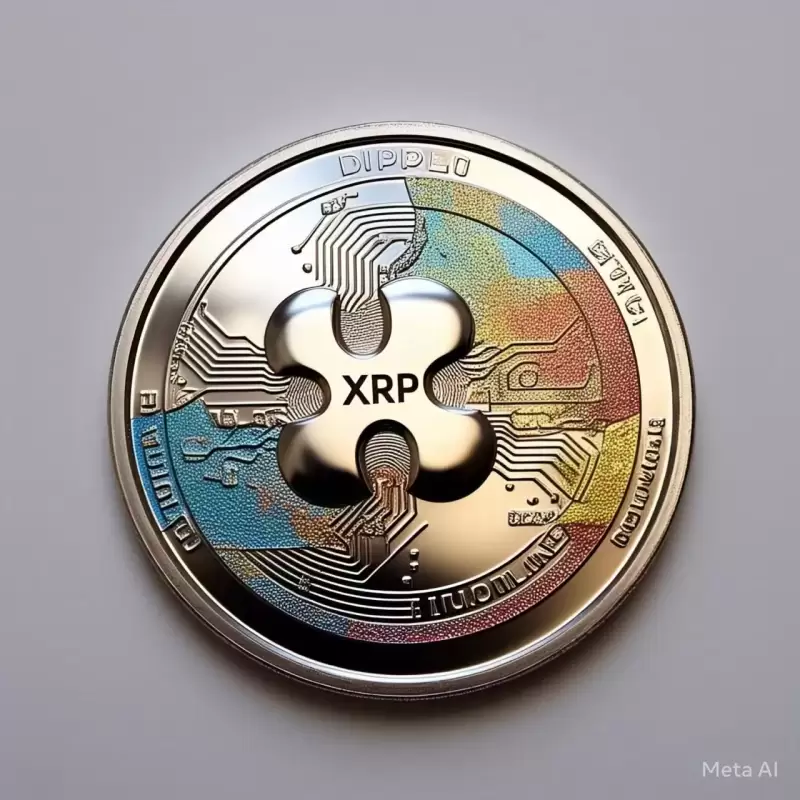 |
|
 |
|
 |
|
 |
|
 |
|
 |
|
 |
|
 |
|
 |
|
 |
|
 |
|
 |
|
 |
|
 |
|
 |
|
Cryptocurrency News Articles
Why Is Ethereum (ETH) Underperforming Compared to Bitcoin (BTC) and Solana (SOL)?
Nov 02, 2024 at 11:00 am
Ethereum's (ETH) lackluster performance in 2024 has left investors questioning its future. Once a pioneer in the crypto space, ETH now finds itself lagging behind Bitcoin (BTC) and competing platforms like Solana (SOL).

Despite being a pioneer in the crypto space, Ethereum (ETH) has had a lackluster performance in 2024 compared to Bitcoin (BTC) and other platforms like Solana (SOL). While BTC and SOL have achieved impressive year-to-date (YTD) returns of 64%, Ethereum has only managed 9%.
Several factors have contributed to Ethereum’s struggles, including reduced gas fee burns, rising competition, and changing market dynamics. Here’s a closer look at the primary reasons behind ETH’s underperformance and its potential for recovery.
Key Factors Behind ETH’s Underperformance
1. Ethereum’s Deflationary Model Is Weaker
Ethereum’s once-praised deflationary model has been impacted by decreased gas fee burns. The Ethereum Improvement Proposal (EIP) 1559, introduced in 2021, aimed to reduce supply by burning a portion of transaction fees. However, the rise of layer-2 (L2) solutions like Arbitrum and Base has reduced activity on Ethereum’s main network (layer-1), subsequently lowering gas fees and, in turn, burning less ETH.
According to a report from CoinShares, “The rollout of blob space made L2s so much cheaper and so much faster than the L1 that ETH supply destruction has effectively gone to zero,” which has weakened ETH’s deflationary appeal.
2. Rising Competition from BTC and Other Platforms
Ethereum also faces fierce competition from other platforms. Bitcoin, with its capped supply and efficient store-of-value narrative, remains a preferred asset for institutional and retail investors. Solana and other emerging smart contract platforms such as Aptos and Sui are attracting attention due to their performance advantages, offering lower transaction fees and faster processing.
10x Research noted that “Solana is achieving a much higher ‘earnings yield,’ as reflected by the fees paid to its protocol,” signaling a notable shift in the market.
3. Limited Investor Interest in ETH
Ethereum’s supply model has lost some appeal in the investment community. While it was once considered a deflationary asset, reduced burning has led investors to question its scarcity. Bitcoin’s model, characterized by a fixed supply and established inflation controls, continues to draw a larger share of market attention.
4. Institutional Activity and RWA Tokenization
Despite its struggles, Ethereum remains relevant in sectors such as real-world asset (RWA) tokenization. As of November 2024, Ethereum leads the RWA space, with over $3 billion in tokenized assets. Corporations and institutions still choose Ethereum for launching tokenized money market funds and other crypto-based products.
Important Points to Watch
Could Ethereum Be a Contrarian Bet?
Some investors see potential in Ethereum as a “contrarian bet.” Matt Hougan of Bitwise Investment recently argued that Ethereum’s core fundamentals remain strong, despite its current market conditions. He compares Ethereum to Microsoft—a reliable, established player overshadowed by newer technologies but still vital to the ecosystem.
Ethereum’s challenges may not be existential; instead, they are part of a broader evolution within the blockchain space. The blockchain continues to be widely used for RWA tokenization and institutional purposes, indicating it still holds intrinsic value.
Conclusion
Ethereum’s path forward depends on several key factors, from regulatory clarity to continued L1 upgrades and market catalysts like the 2024 U.S. presidential election. While ETH has underperformed BTC and SOL, its extensive use in RWA tokenization and institutional interest signals potential for recovery.
Crypto investors should keep an eye on Ethereum’s ongoing developments and the regulatory landscape. ETH may yet experience a turnaround if favorable conditions align, making it a possible contrarian opportunity in the evolving crypto market.
Disclaimer:info@kdj.com
The information provided is not trading advice. kdj.com does not assume any responsibility for any investments made based on the information provided in this article. Cryptocurrencies are highly volatile and it is highly recommended that you invest with caution after thorough research!
If you believe that the content used on this website infringes your copyright, please contact us immediately (info@kdj.com) and we will delete it promptly.
-

-

- MANTRA ($OM) Prepares for Another Breakout as Bullish Predictions, Regulatory Milestones, and Institutional Integrations Converge
- Apr 03, 2025 at 05:30 pm
- MANTRA ($OM), one of the breakout stars in the real-world asset (RWA) tokenization space, is making headlines again as bullish predictions, regulatory milestones, and institutional integrations converge to shape a promising outlook for Q2 2025.
-

-

- Solana (SOL) Struggles to Maintain Crucial Support Levels as Mutuum Finance (MUTM) Captures Investor Interest
- Apr 03, 2025 at 05:25 pm
- The cryptocurrency market is witnessing a turbulent period as Solana (SOL) struggles to maintain crucial support levels while a new player, Mutuum Finance (MUTM), is capturing investor interest with its promising presale figures.
-

- Bitcoin (BTC), Ethereum (ETH), and XRP Prices Dip as Whale Sell-offs, ETF Outflows, and Recession Fears Weigh on the Crypto Market.
- Apr 03, 2025 at 05:20 pm
- Bitcoin (BTC) price led the wider altcoin market, led by Ethereum (ETH) and XRP, in a bearish outlook in the past 24 hours. The flagship coin dropped over 1 percent
-

-

-

-





























































